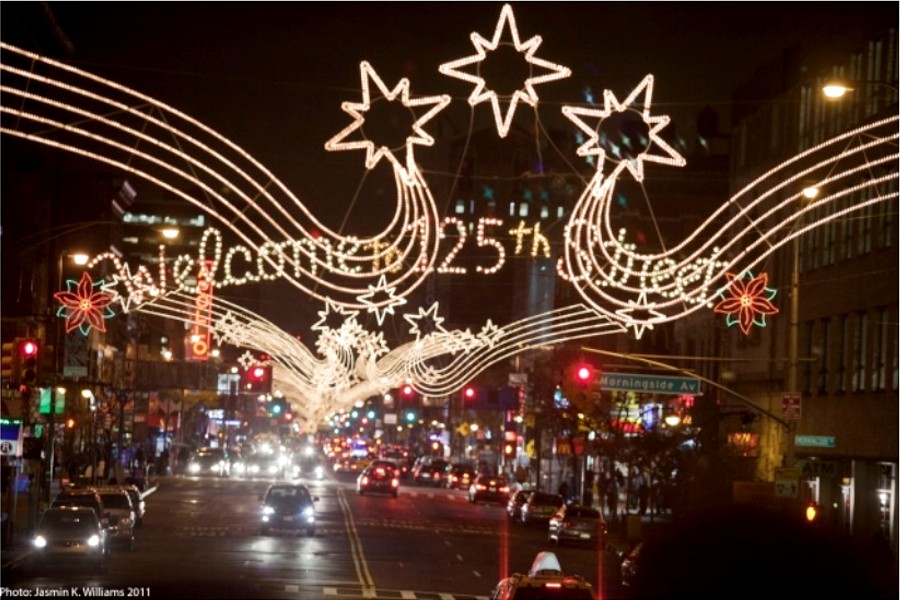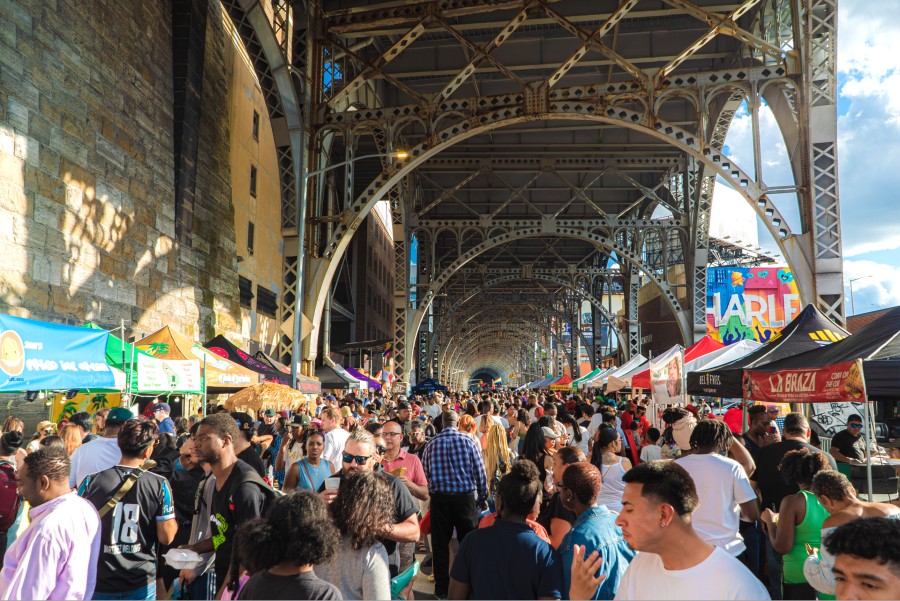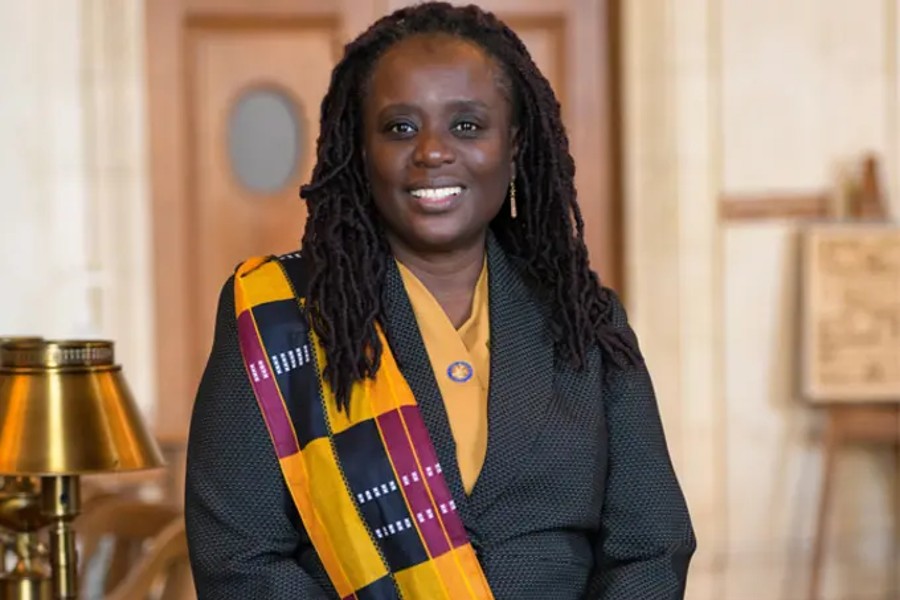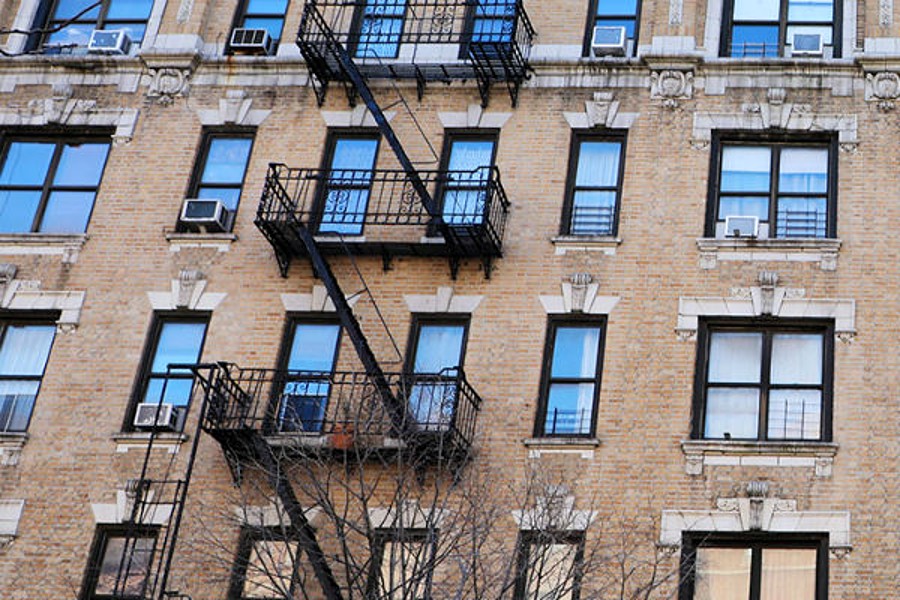This is the Harlem Casino. Some have said it was the oldest theatrical building left in Manhattan. After that initial laying of the cornerstone on June 11th 1889, everything went wrong for what was going to be the West End Theatre. The theater’s owner and backer ran out of money soon after the cornerstone was laid and the foundation in place.
It turns out that the developer, A.H. Wood, who had built upon his self-perpetuating myth by designating himself “Napoleon” Wood, the theatrical wunderkind,was not who he said he was. He was really named Charles Hahr, or Charles Morris, a known forger who had somehow managed to marry into a prominent family. Evidently, he was accused of, but never indicted for, poisoning his father-in-law. He had hoped to speed up his inheritance from his wealthy father-in-law. At the time it was also discovered that Charles Hahr/A.H. Wood was the same man police were seeking in a series of unusual cases involving blackmail. Hahr’s practice was to observe trials in process at the police courts and wait for any information one of the parties would not want made public. Then he would visit the party at home, pretending to be a reporter who would expose any tawdry details unless a payment was made. Usually he asked for $100 but was willing to accept whatever he could get. My favorite con he would pull was paying Harlem children to skip class, then to visit the parents of the children. Pretending to be a truancy officer, he would promise not to bring any charges if they gave him money.
The West End Theatre, meanwhile, stayed unfinished with only the foundation built. Eventually, a two-story market was put on top of it, and then, in the middle 1890s, the Harlem Casino – which became the Loew’s 7th Avenue and, later, the Greater Refuge Temple. So this building at 124th Street and 7th Avenue represents the oldest foundation for a theatrical structure in Manhattan.
Incidentally, in 1902 a theater with the name “West End” was constructed, on 125th Street near St. Nicholas Avenue. That building still exists today.
In 1910, future movie mogul Marcus Loew, who then resided on 111th and Seventh Avenue, acquired the Harlem Casino and converted it into a 1600 seat theatre for vaudeville and movies. All that remained of the old Casino were the exterior walls and the roof. The success of Loew’s Seventh Avenue Theatre helped to finance the building of the larger and more sumptuous Loew’s Victoria Theatre, which opened nearby on 125th Street in 1917. Loew’s Seventh Avenue Theatre continued operating until around 1934, when it fell victim to the Depression.
 Like many of the Harlem theatres (and Synagogues), it eventually became a church. As the Greater Refuge Temple of Christ it was ultra-modernized both inside and out by architect Costas Machlouzarides in 1966.
Like many of the Harlem theatres (and Synagogues), it eventually became a church. As the Greater Refuge Temple of Christ it was ultra-modernized both inside and out by architect Costas Machlouzarides in 1966.
Related articles

Become a Harlem Insider!
By submitting this form, you are consenting to receive marketing emails from: . You can revoke your consent to receive emails at any time by using the SafeUnsubscribe® link, found at the bottom of every email. Emails are serviced by Constant Contact























